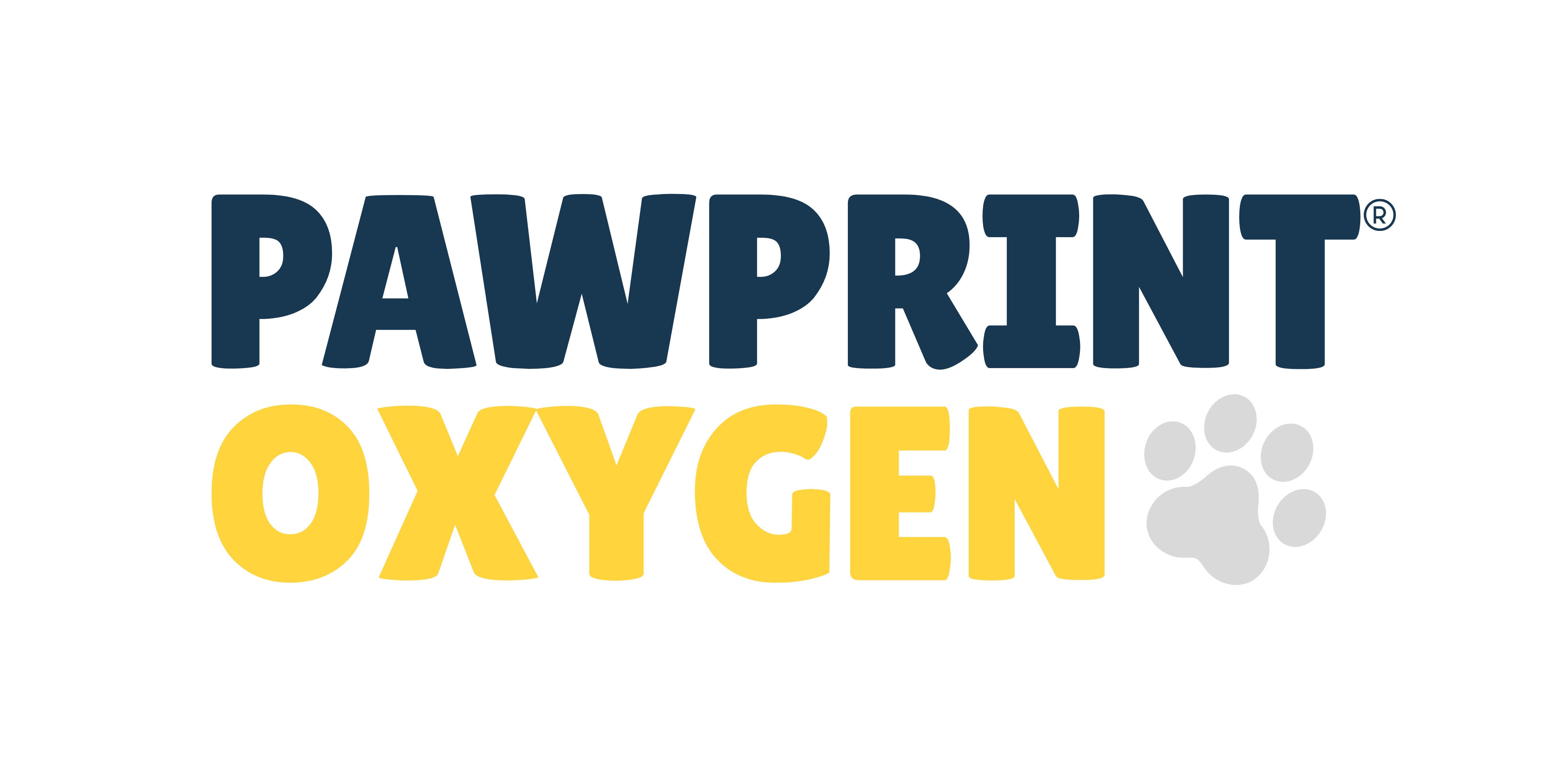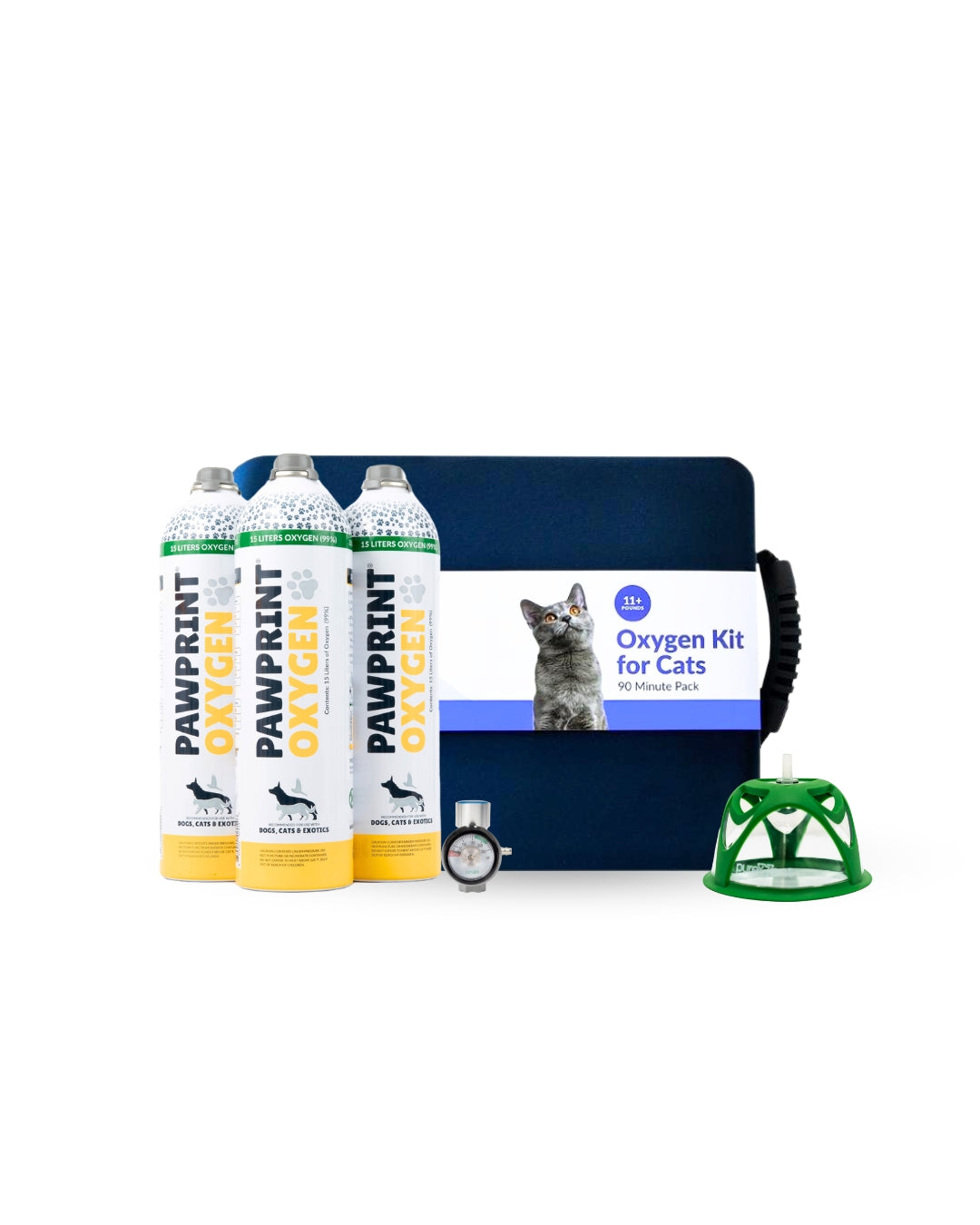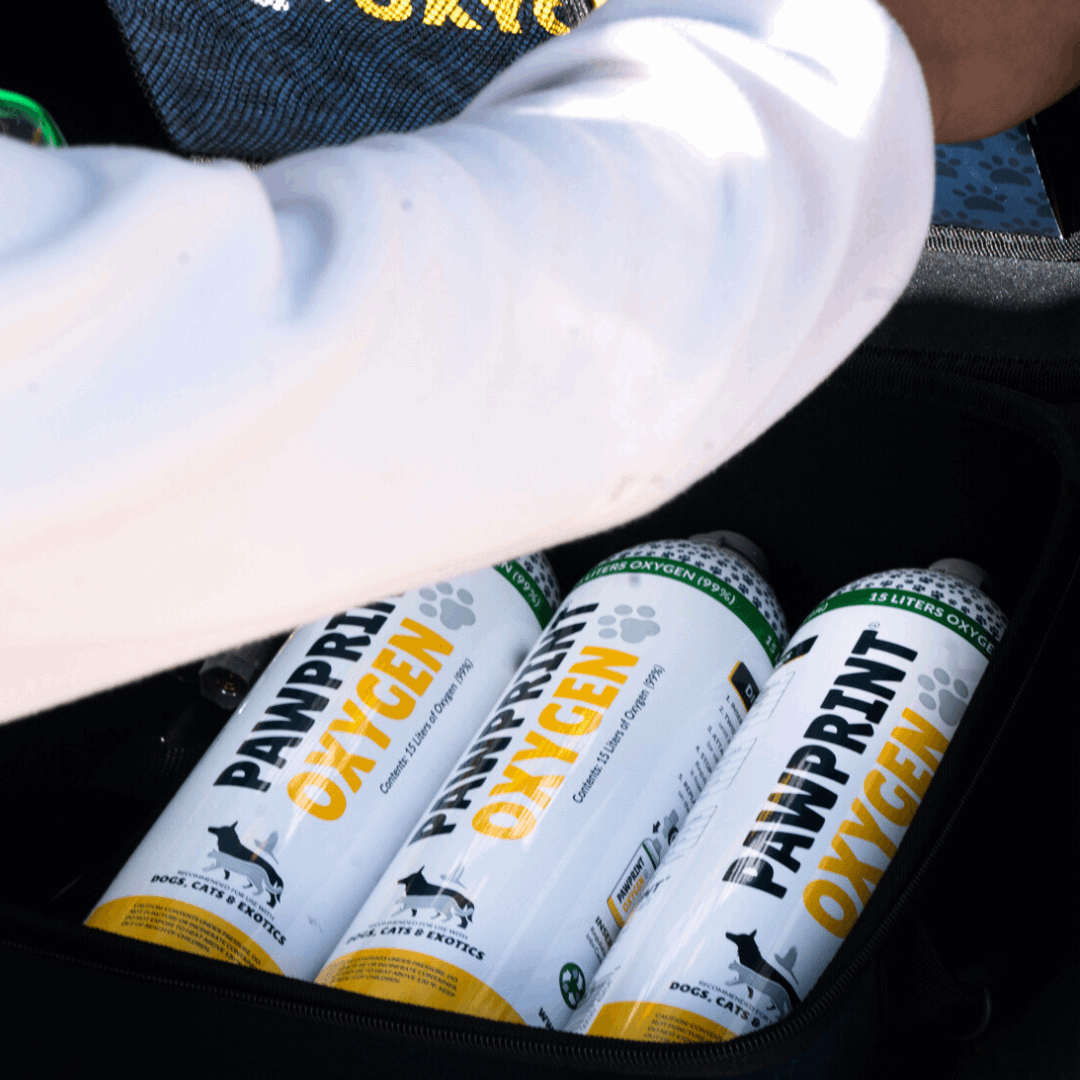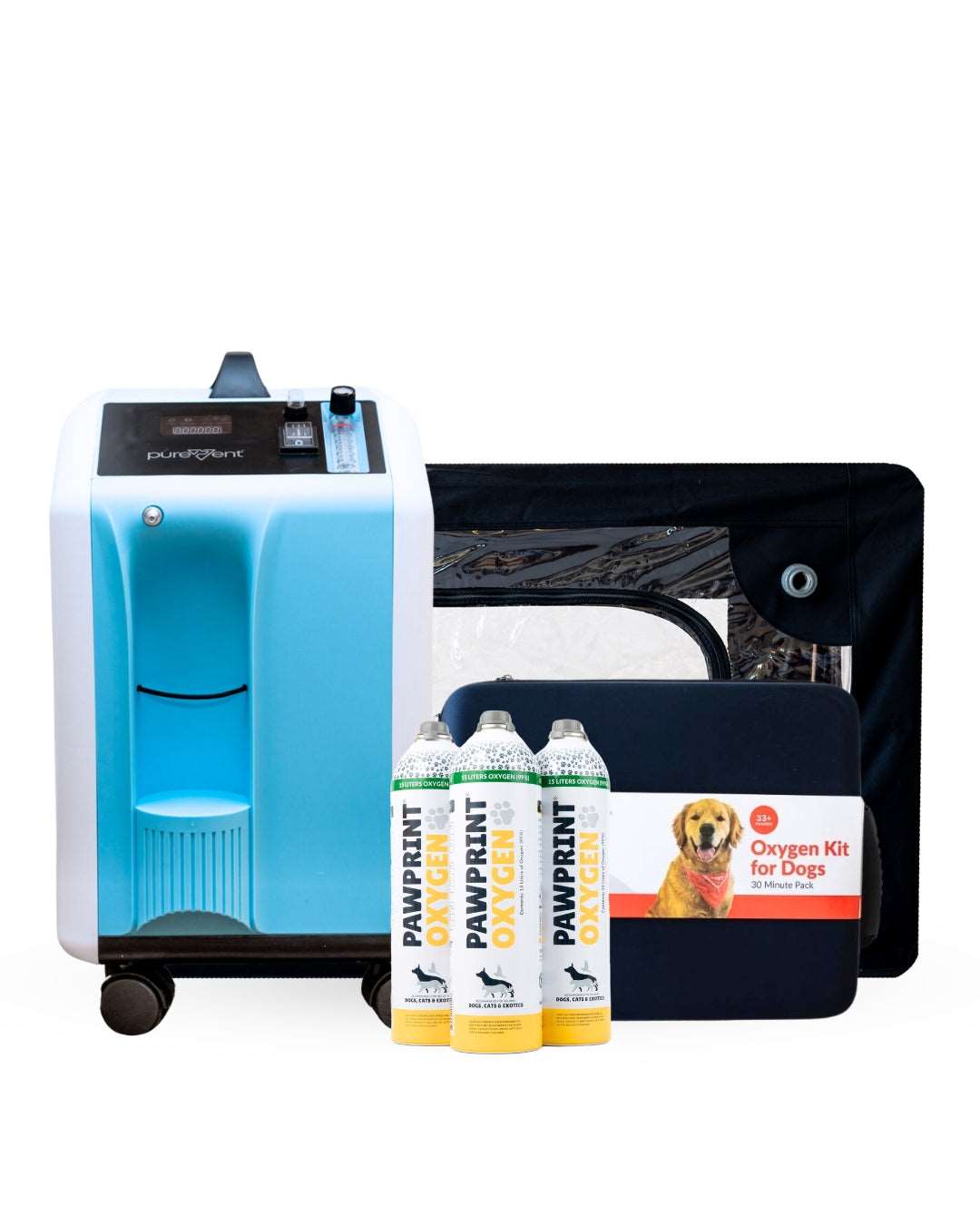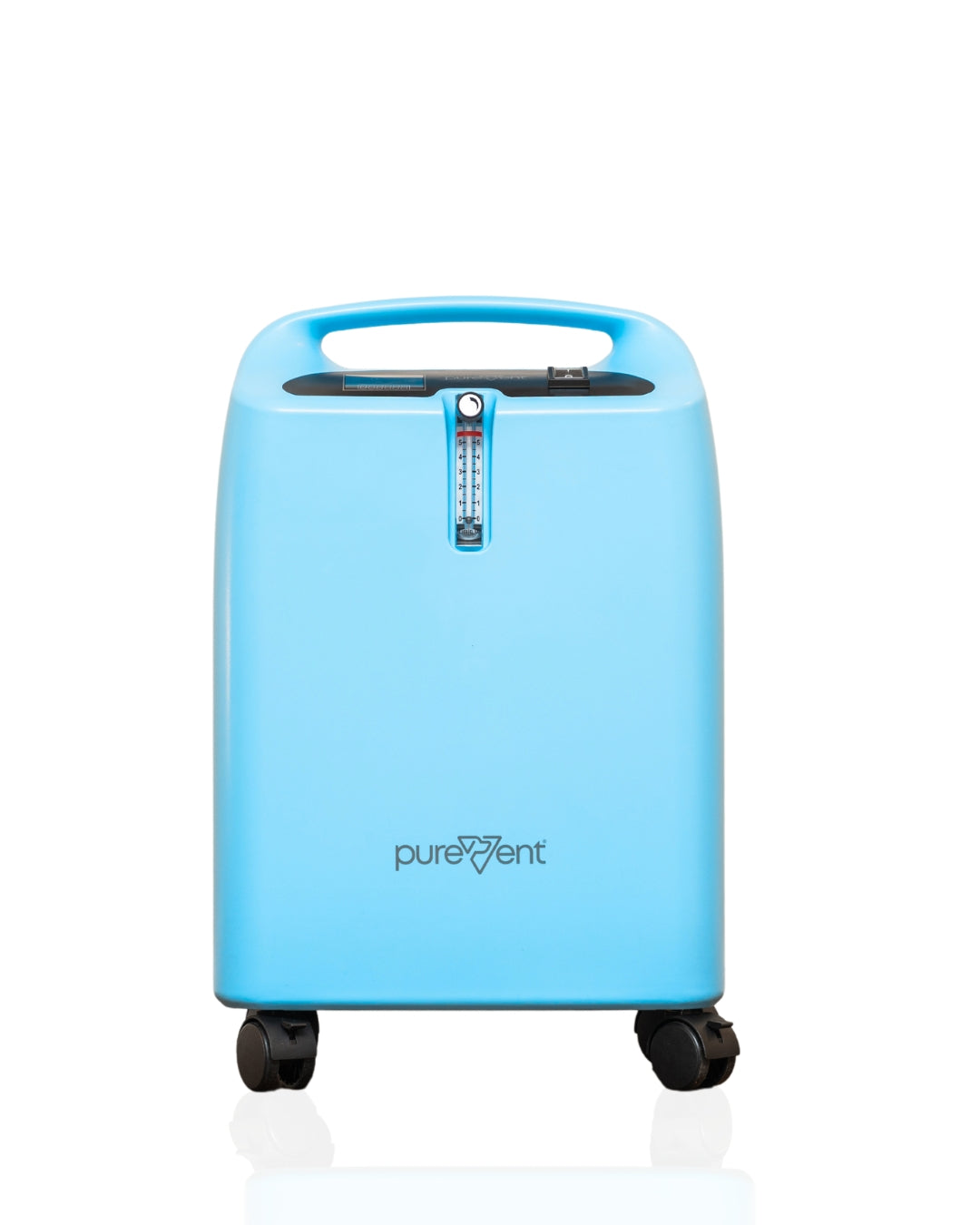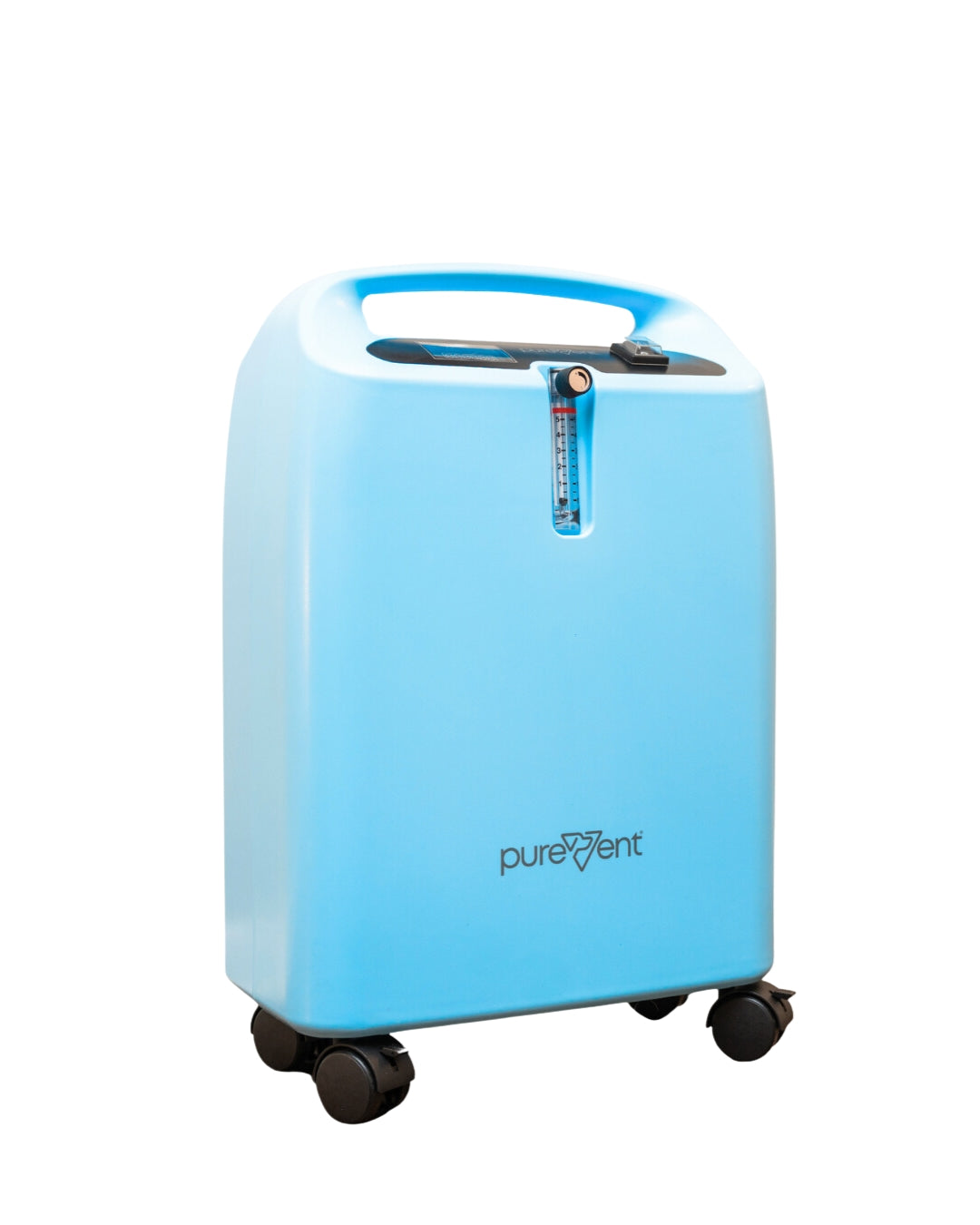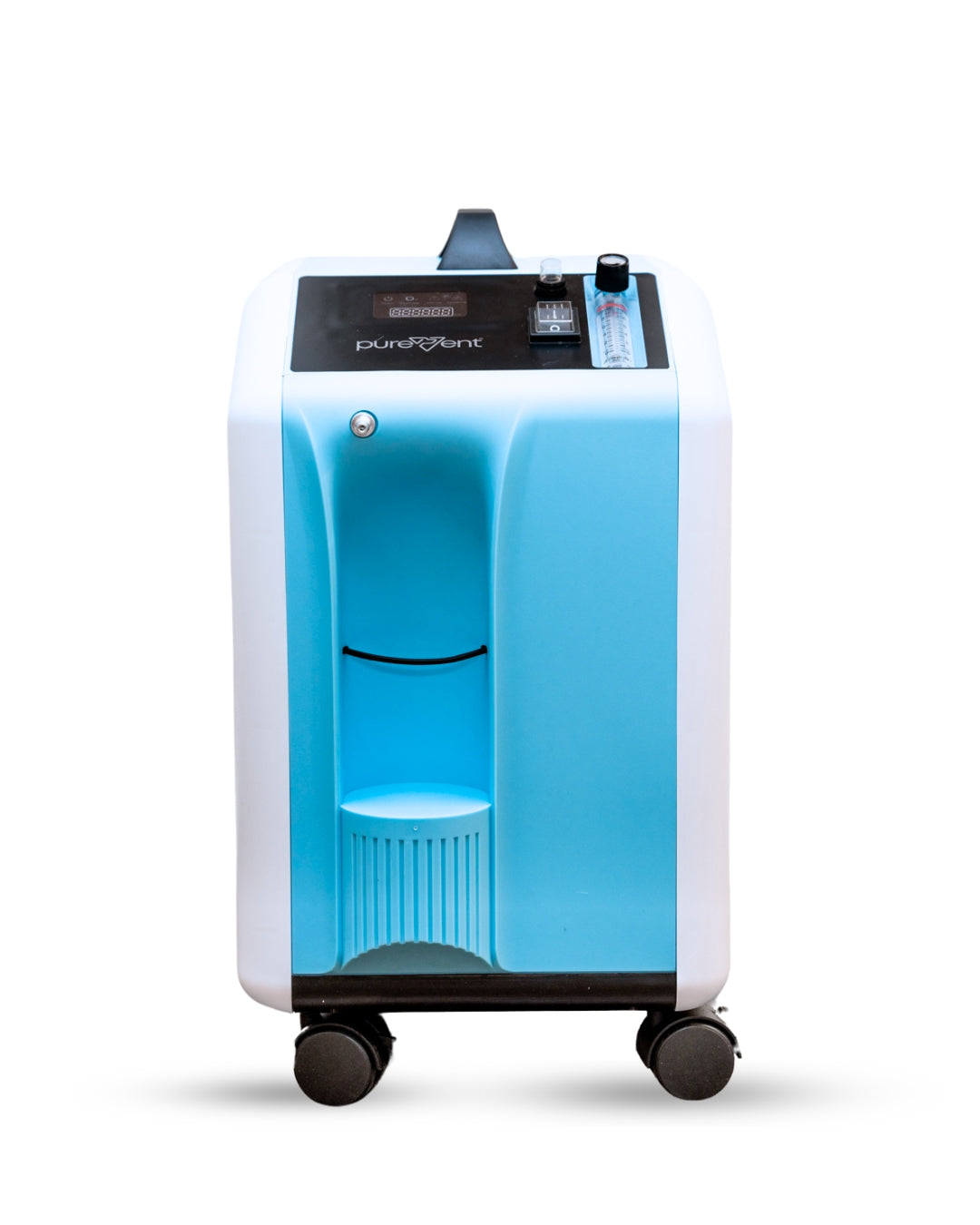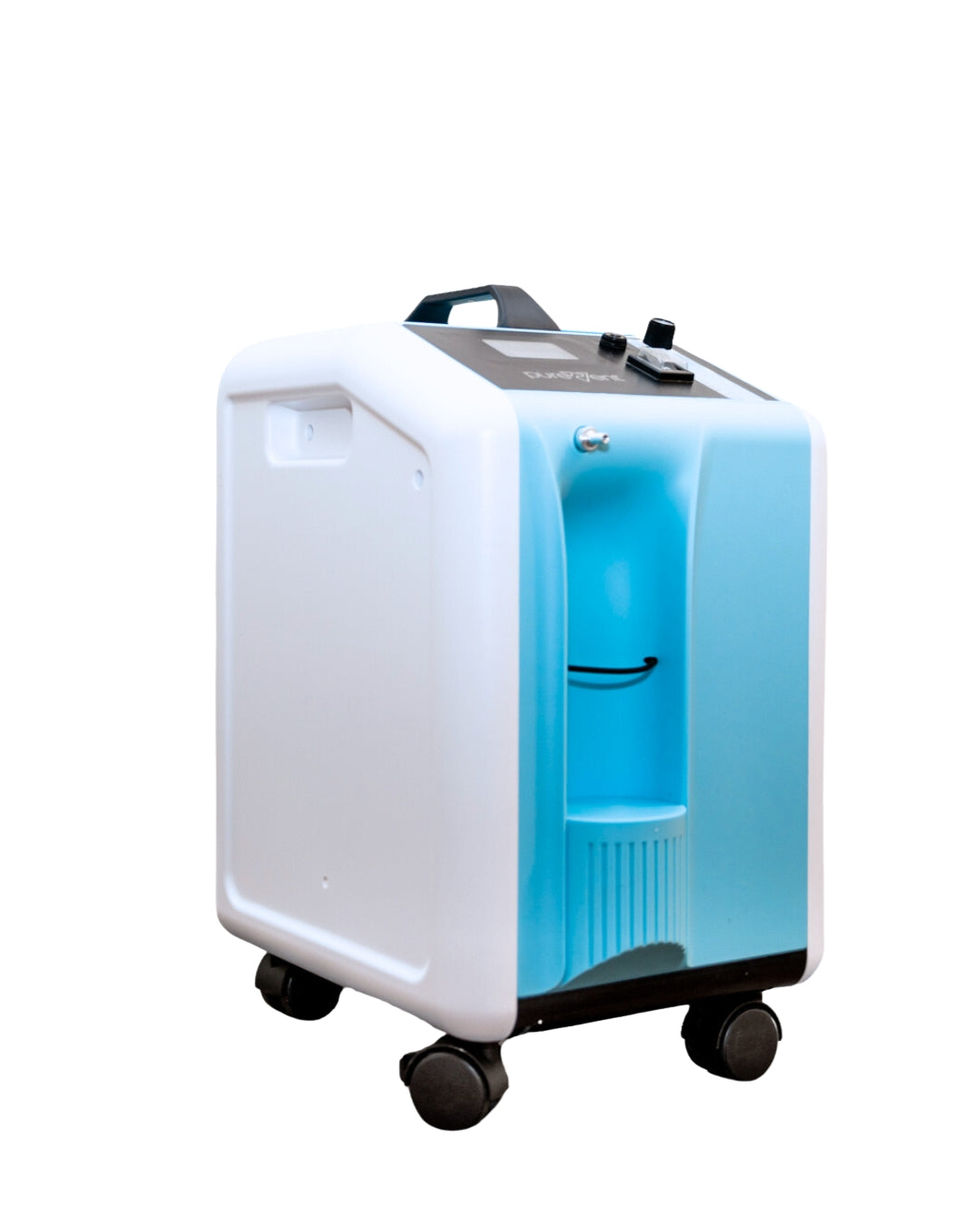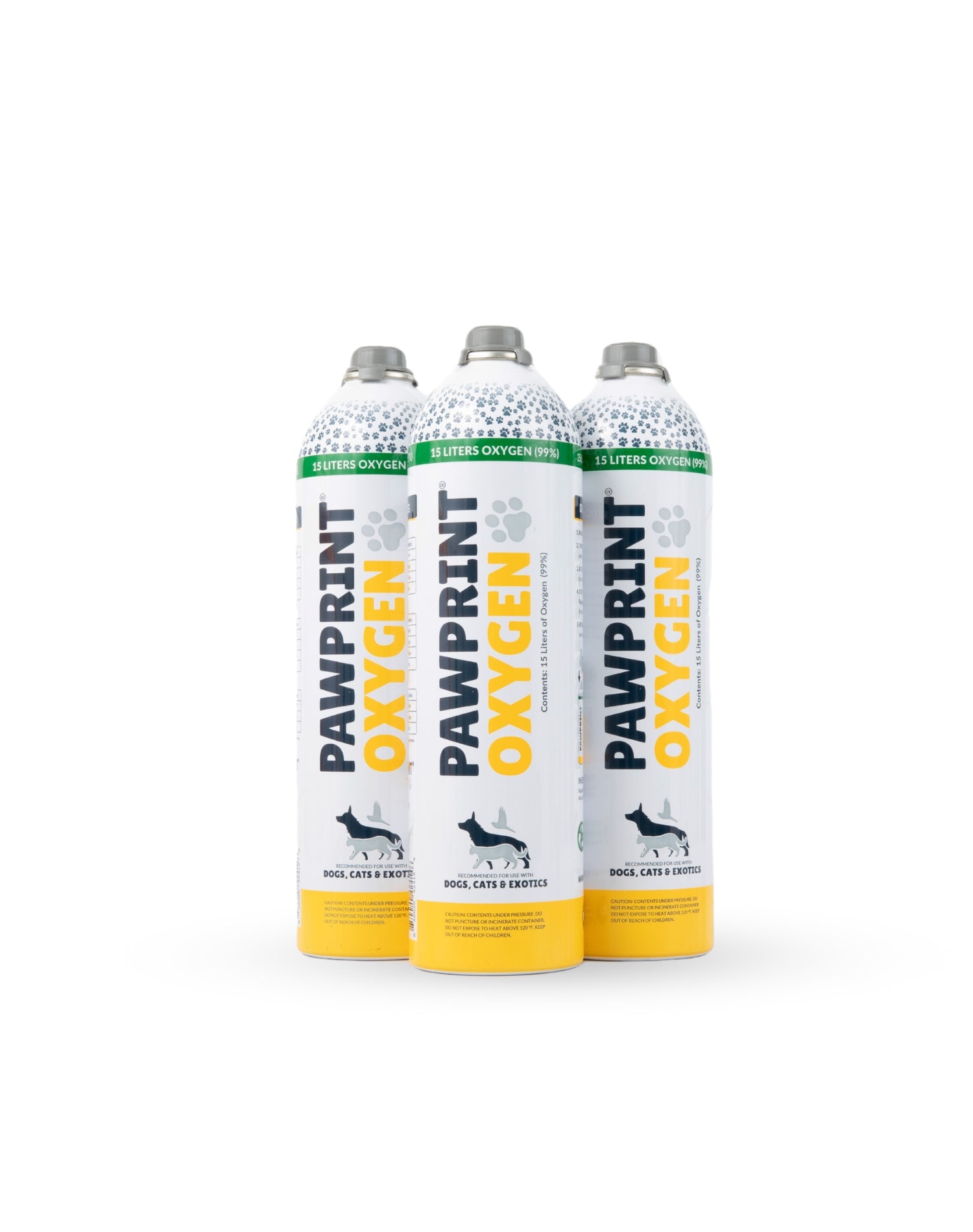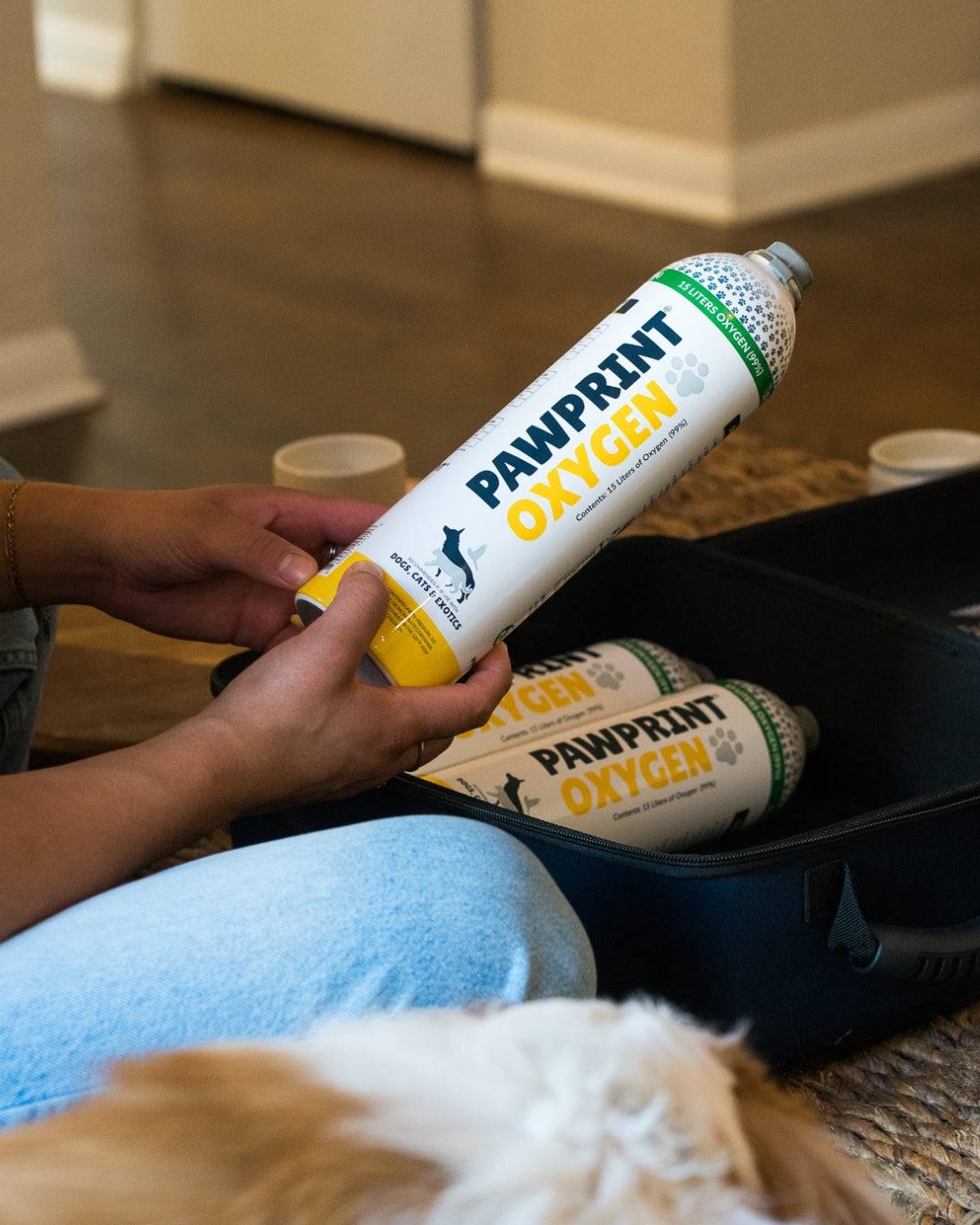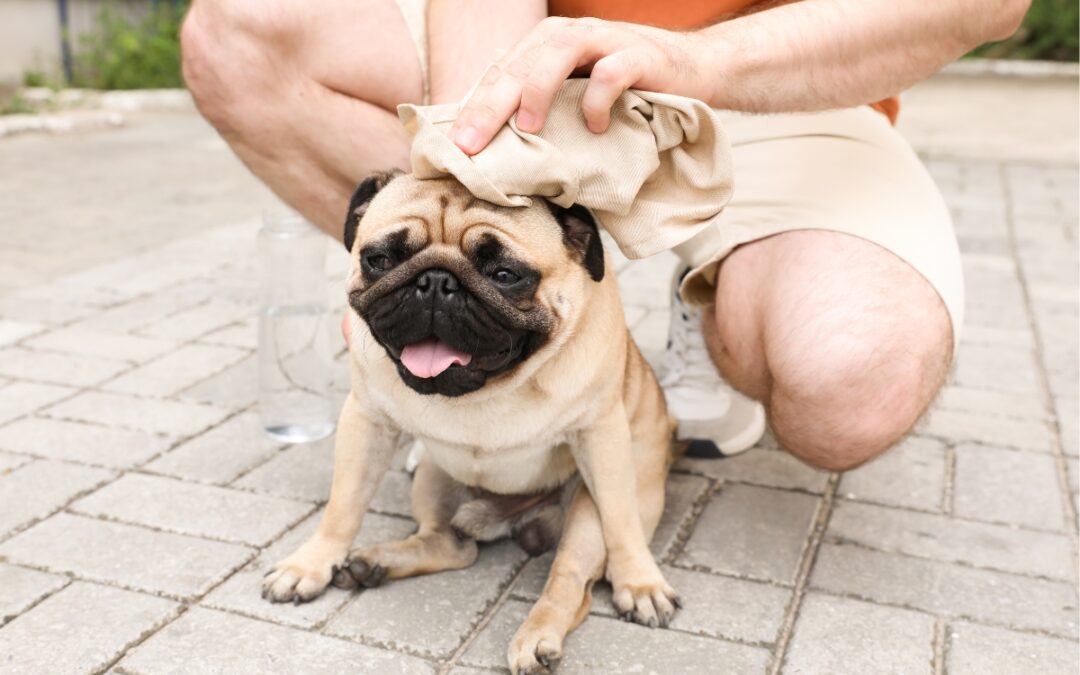In this article, we'll discuss the different use cases for our products, including the Portable Oxygen Kit, which is used for episodic respiratory distress, and the Oxygen Concentrator and Oxygen Cage, which are used together to administer long-term oxygen therapy. Oftentimes, pets can benefit from both portable oxygen and extended therapy options.
The Portable Oxygen Kit Consists of Three Parts:
Pawprint Portable Oxygen Canisters
Pet Oxygen Mask and oxygen tubing
Regulator
Neatly packaged in an EVA case for easy storage and access
Each portable oxygen kit is customized to your pets needs, so be sure to check out our different oxygen kits based on your pet's breed and weight!
The Portable Oxygen Kit can be quickly mobilized during a respiratory emergency. It can also be used to transport pets experiencing respiratory distress to the emergency room. Our Pawprint Portable Oxygen Canisters are portable, lightweight, and safe, allowing them to be quickly deployed in any situation.
Consider using the Portable Oxygen Kit in the following situations:
Uses for the Portable Oxygen Kit
To manage respiratory distress, resulting from a dynamic obstruction such as collapsing trachea or laryngeal paralysis. In these situations, it's important to administer portable oxygen at the first signs of respiratory distress in order to stop the cycle of dyspnea, or labored breathing.
To support patients suffering from respiratory distress related to heart failure on the way to professional care. Pets with heart failure can become oxygen-dependent quickly. It's important to get them to the ER as soon as possible, and your veterinarian may recommend using the Portable Oxygen Kit to administer oxygen on the way.
To support patients suffering from respiratory distress related to asthma, hypertension, anxiety, trauma, heat stroke, and other conditions. Respiratory distress can strike at any time, so ask your veterinarian if portable oxygen is right for your pet.
The Portable Oxygen Kit is can be the first line of defense in a respiratory emergency to deliver oxygen on the go. Whether you use the portable oxygen kit at home to get over an episode or to support your pet on the way to professional care.
Our Portable Oxygen Kits come with a Pet Oxygen Mask and a Regulator that is set to the oxygen flow rate recommended by your veterinarian.
Uses for Oxygen Concentrators and Oxygen Cages
Oxygen Concentrators are used in tandem with the Oxygen Cage to administer oxygen therapy at home. Here are a few questions to consider when determining if you need an Oxygen Concentrator and/or Oxygen Cage for your pet:
What administration method works best for your pet?
Some pets prefer a Pet Oxygen Mask, which works well if your pet likes to be held or if you need to administer portable oxygen on the go. Some pets prefer to be in an Oxygen Cage, which requires an Oxygen Concentrator to power it.
Do you need to administer oxygen at home or on the go?
The Oxygen Concentrator is a stationary unit requiring a power wall outlet to administer oxygen therapy. It cannot be used in a car or other vehicle. If you need portable oxygen, consider the Portable Oxygen Kit.
What flow rate (dosage) of oxygen does your pet need?
The oxygen flow rate depends on your pet's weight, condition, and the oxygen administration method you are using. Your veterinarian needs to recommend the oxygen flow rate that is best for your pet. You can also refer to this article, listing out pet's weights and appropriate flow rates for Oxygen. Portable oxygen kits are set to a designated flow rate.
If You Are Using the Buster ICU Oxygen Cage, to Administer Oxygen Therapy the Flow Rate Depends on the Size of the Cage That You Are Using.
Small and Medium Oxygen Cages require at least 5 Liters Per Minute of continuous flow, medical grade oxygen. We recommend achieving this oxygen flow rate with the Pro 5 Oxygen Concentrator.
The Large Cage requires at least 10 Liters Per Minute of continuous flow, medical grade oxygen, which we recommend achieving with the Drive Medical 1025DS.
It's important to supply the recommended oxygen flow rates to the Oxygen Cage in order to achieve safe levels of oxygen and carbon dioxide, as well as to reduce heat and humidity build-up. Once you set the oxygen flow rate, you can adjust the oxygen level in the cage by using the Venturi System, which is included with every Buster ICU Oxygen Cage. DO NOT ATTEMPT TO ADJUST THE OXYGEN LEVEL BY ADJUSTING THE OXYGEN FLOW RATE. That could result in unsafe levels of carbon dioxide and heat building up in the oxygen cage.
How Both Types of Oxygen Can Be Used Together
While both options for oxygen therapy operate independently, many pets benefit from having both, portable oxygen and extended oxygen.
A pet primarily homebound and prescribed to receive 1-2 hours of routine oxygen therapy sessions each day may be best suited for an Oxygen Concentrator and Oxygen Cage. However, that pet may need a portable oxygen source during walks, trips, or in an emergency on the way to the ER. In this case, it's a good idea to keep a Portable Oxygen Kit on hand.
